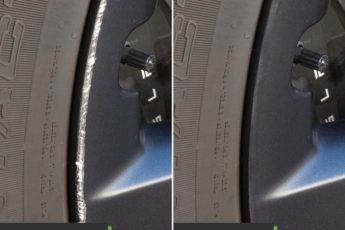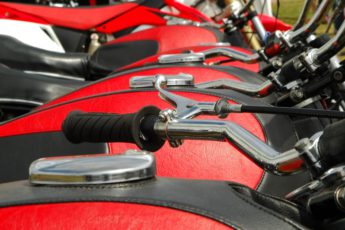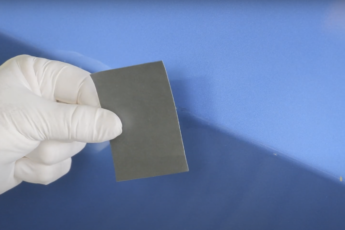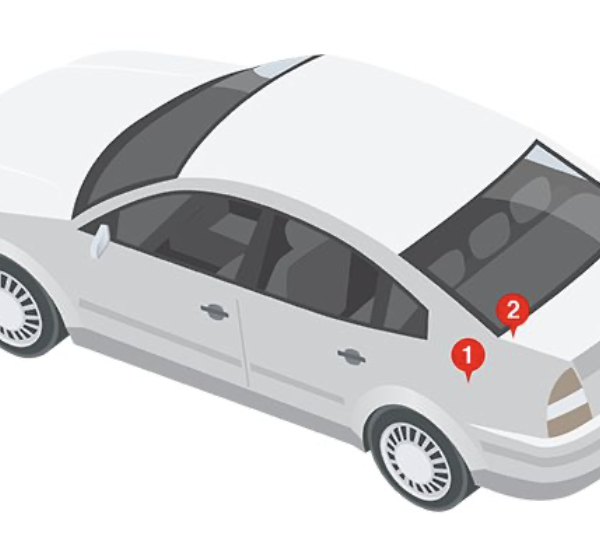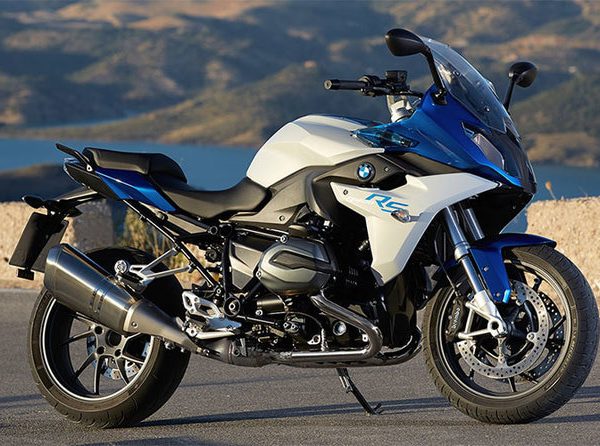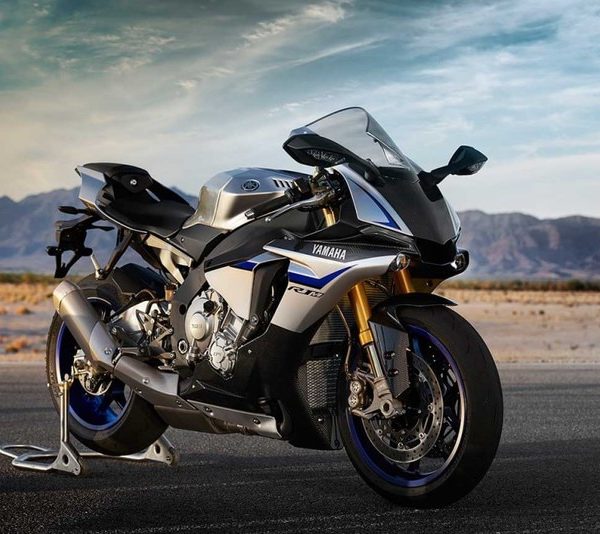Common Auto-Blending Mistakes and How To Avoid Them
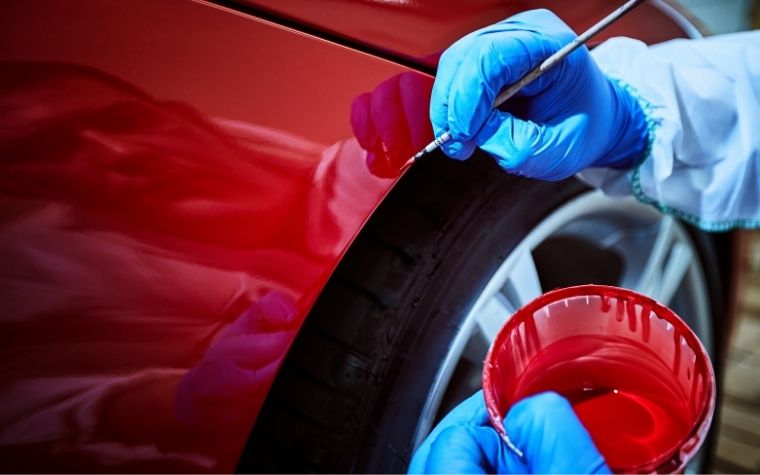 Giving your car a new paint job is an excellent way to give your vehicle a fresh boost. However, during the blending process, something as small as dirty rags on the surface can lead to bigger problems such as cracking. Learning about the common auto-blending mistakes and how to avoid them lets you prevent runs and sags so things will look smooth.
Giving your car a new paint job is an excellent way to give your vehicle a fresh boost. However, during the blending process, something as small as dirty rags on the surface can lead to bigger problems such as cracking. Learning about the common auto-blending mistakes and how to avoid them lets you prevent runs and sags so things will look smooth.
Accurately Match the Paint
Trying to find matching colors may cause a severe headache. You need to look for the paint code inside your door frame to find the exact design and correct code. Then, you’ll have a general idea of what color to use. Several code variations exist. For example, even if your code matches the Dodge truck touch up paint, you still need to test it for the appropriate consistency.
Dealing With Temperature
The difference between hot and freezing air gives paint several complications. The “orange peel effect” will occur if condensation forms. Give your car the proper amount of time in a temperature-controlled environment for the best results. Other causes for the dreadful orange peel include film thickness, poor technique, and a lousy spray gun being used.
Crack Prevention
If the surface isn’t properly prepared, it’ll start to crack. Choose the right reducer on the topcoat or the undercoat will lift and begin to crack. Additionally, take care not to overdo it with paint. If too much of the material is wet, it’ll crack.
Avoid Runs and Sags
Having a run or sag is a standard error for any painting endeavor. Inconsistent air pressure in the spray gun may cause this issue, so make sure to select the best tip and air cap. Choosing the best accessories for the gun will limit problems that may happen.
Fisheyes
This misstep is one of the most common blunders during the painting process. Contamination in the paint will cause tiny bubbles to appear on the surface. Keep an eye out for elements such as grease, water, wax, and oil, which may taint the substance. Luckily, you can fix any issues before or after the paint is wet. If you catch problems before the paint dries, remove the fisheyes with solvent and reapply the coating. If you do this when everything is dry, you’ll need to sand out the blemishes.
Avoid common auto-blending mistakes by using the right spray gun, applying the correct reducer, and dealing with temperature in the proper way. Minimizing common oversights and using the correct techniques goes a long way.

 Cart
Cart
 Help Desk
Help Desk
